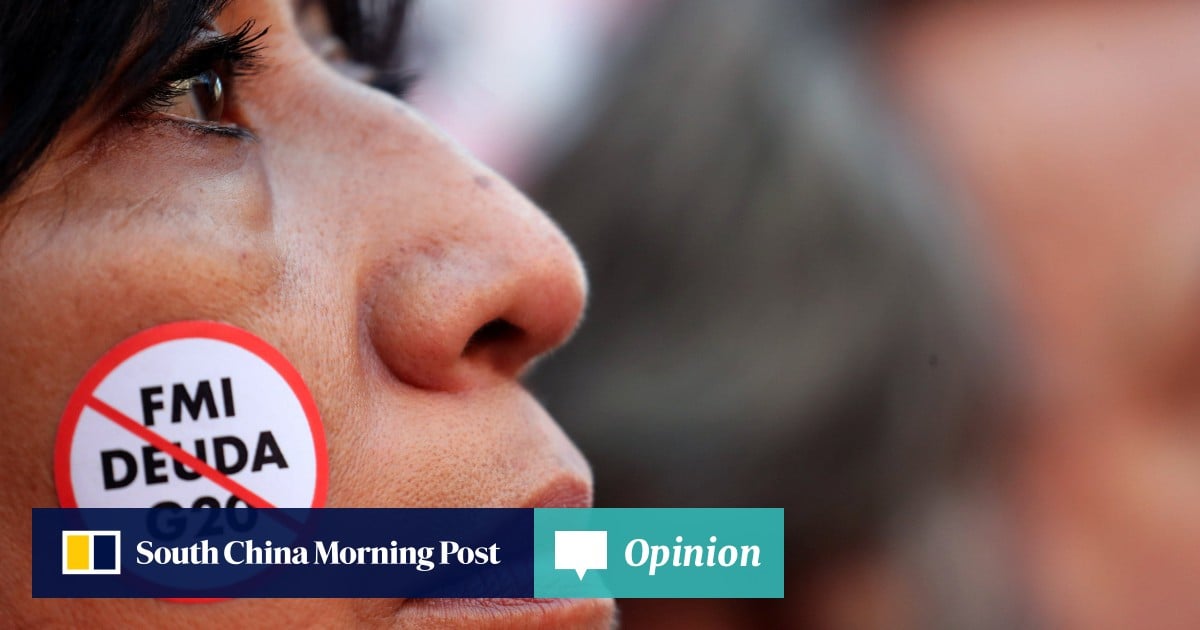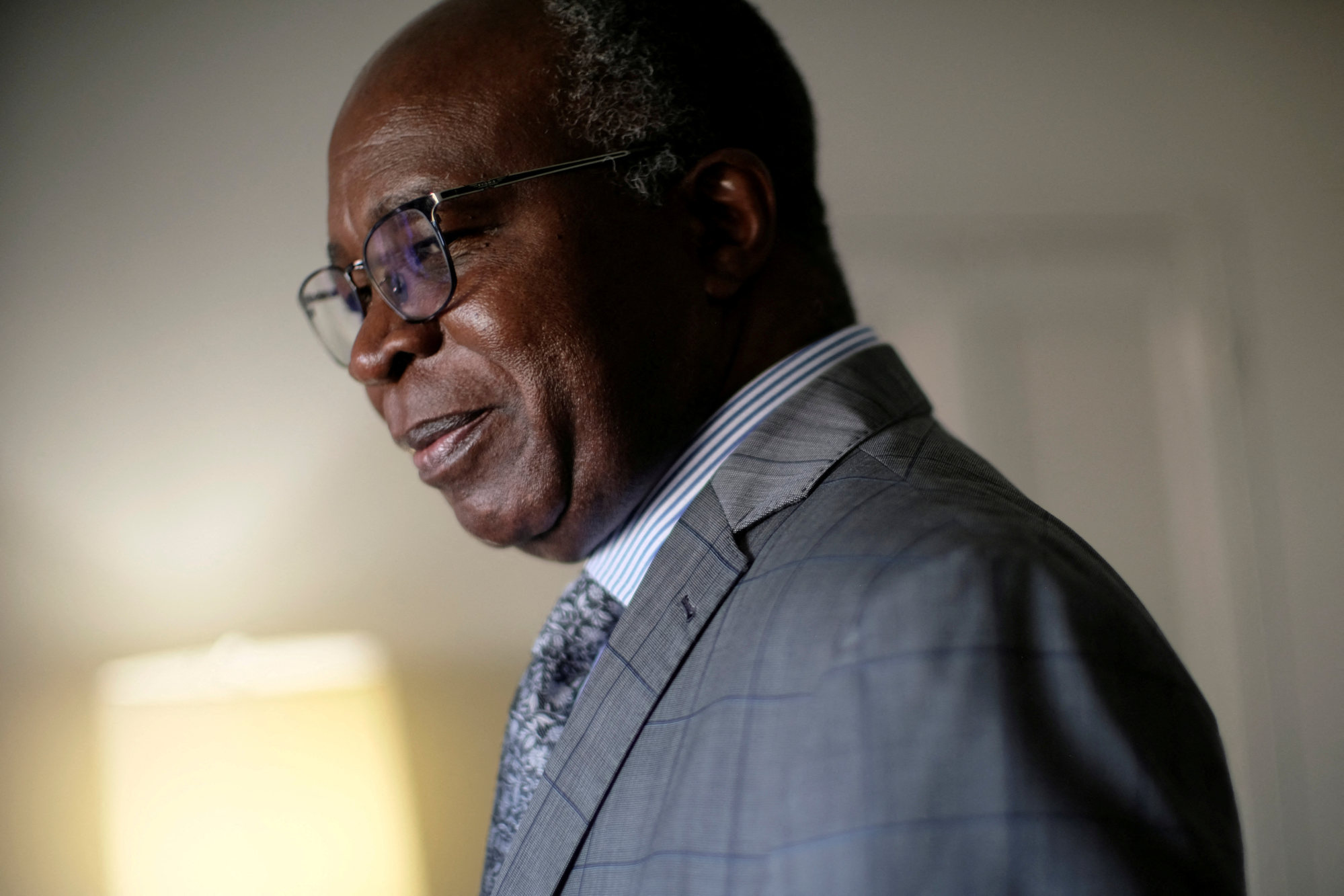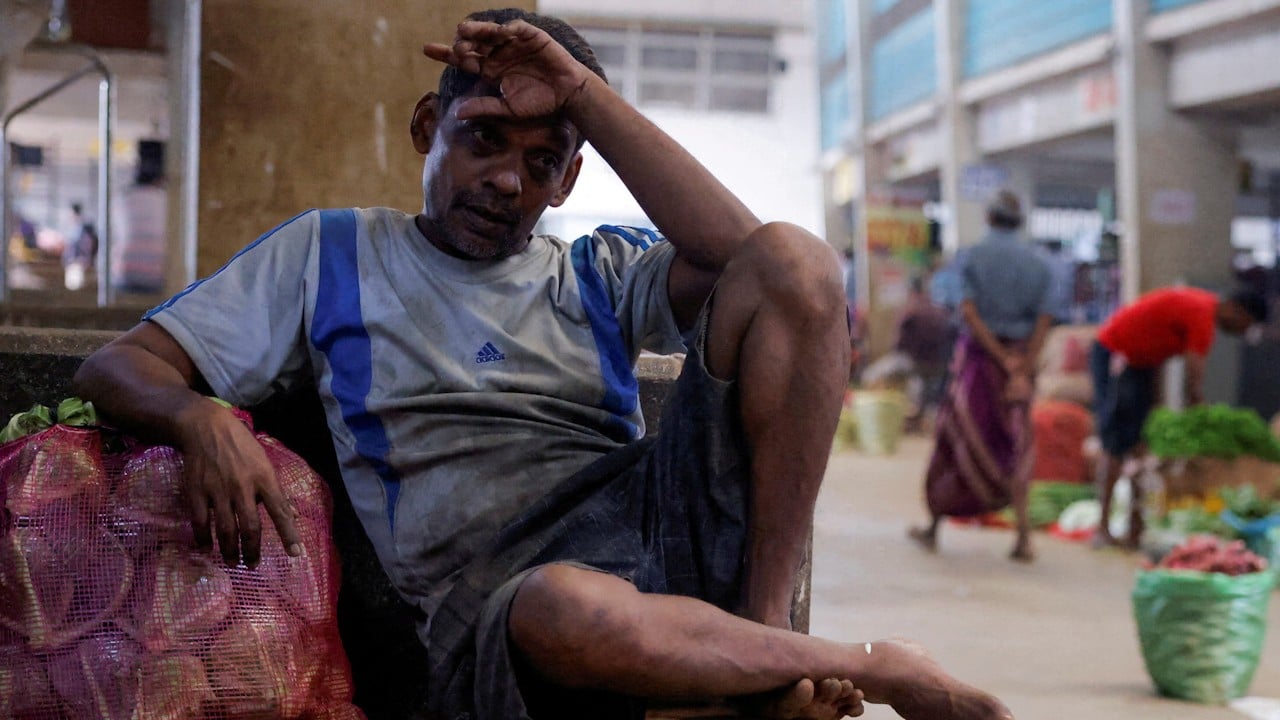
24 Jan Opinion | Debt deals must become part of a country’s economic plan
Bankers at the World Economic Forum in Davos are the latest to warn that the sovereign debt of low-income countries has reached a breaking point as high interest rates, the pandemic’s aftermath, sluggish growth worldwide, and a strong dollar persist – troubles that forced Ethiopia’s default last December.
Beyond a general agreement that the framework for debt restructuring is failing while the humanitarian costs escalate, there is a lack of viable solutions. Too much faith is being placed in central banks lowering interest rates from this spring onwards as inflation weakens.
About 60 per cent of low-income countries are at high risk of debt distress or already in it, the World Bank says, fearing “another lost decade”. Interest payments have forced countries to sharply cut investments in public health, education and the environment. Over the past three years, 18 sovereign defaults have occurred in 10 developing countries – more than the total over the past two decades.
Countries near the precipice of default include Argentina, Kenya, Egypt, Lebanon and Pakistan. Many emerging economies see their sovereign debt trading at distressed levels.
In 2022, external debts (borrowed from foreign lenders) of countries with low and middle incomes stood at US$9 trillion, double the amount in 2010. Seventy-five countries with a gross national income per person of less than US$1,315 saw their external debts double from 2012 to 2022, to reach US$1.1 trillion in aggregate.
By any measure, the debt of poor countries cannot be serviced or paid in full since the instalments or total exceeds their capacity to pay, assuming no dramatic improvement in their fortunes – even if all government monies just covered the debt obligations, spending levels were frozen, and no additional loans were obtained. Some countries have added debt at a pace that exceeds both their economic growth and their ability to tax.

The IMF was to have analysed countries’ needs. That assessment was to have structured deals involving government and private lenders. But no country has received relief through this process.
And then there’s the briar patch, the “comparability of treatment”. Everyone wants to have at a minimum the same deal as everyone else but each vies for its own settlement at the most favourable terms, as early as possible, when feverish optimism prevails and before dire terms are offered.
The lack of transparency is a frequent complaint. Numerous standards-based initiatives have been put forward to make sovereign debt more transparent. The World Bank and IMF are perfectly situated to move forward. Major stakeholders must join this initiative immediately.
Sure, there are perils: disclosures may reveal terms other countries will equally demand. But debt contracts must commit governments to be more forthright. Reform hinges on meaningful transparency.
Debt deals must be part of a comprehensive approach to building a country’s economy, but, too often, both goals are approached in silos. Adding more parties and more requirements to negotiations vastly complicates and delays a resolution.
Without a clear path forward, heavily indebted countries do not have a viable future. They can’t continue to starve themselves of much-needed investments in education, healthcare and future industries, and still be expected to honour rigorous repayment schedules.

This is where debt-for-development swaps offer promise. This means that creditors would forgive debt, set up a trust fund to ensure investment over longer periods of time, coordinate among multiple stakeholders, and establish credible enforcement requirements. Favourable terms of trade could be added to the mix.
While this approach has been touted for climate adaptation and resilience projects, and unfortunately met with limited interest, extending its reach with additional capital infusion from the World Bank could be game-changing.
Above all, a new architecture must be put in place. Creditors need predictability. Unfortunately, when a country defaults, negotiations begin as if there are no rules to govern the process. Speedy, orderly debt relief can reduce repayment costs, leveraging investor confidence to support the debt terms.
Market-based alternatives should be pursued, such as packaging the debt into securities that could be offered in credit markets to see how investors would value such securities. Markets have demonstrated repeatedly that you can’t put lipstick on a pig.
James David Spellman, a graduate of Oxford University, is principal of Strategic Communications LLC, a consulting firm based in Washington, DC

